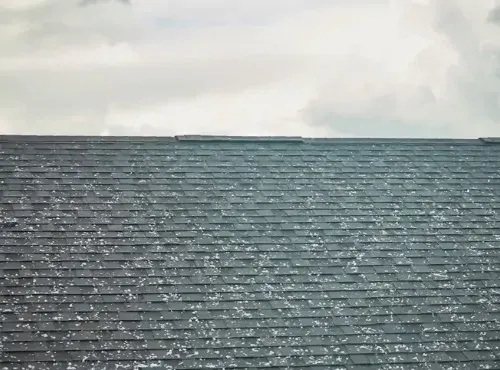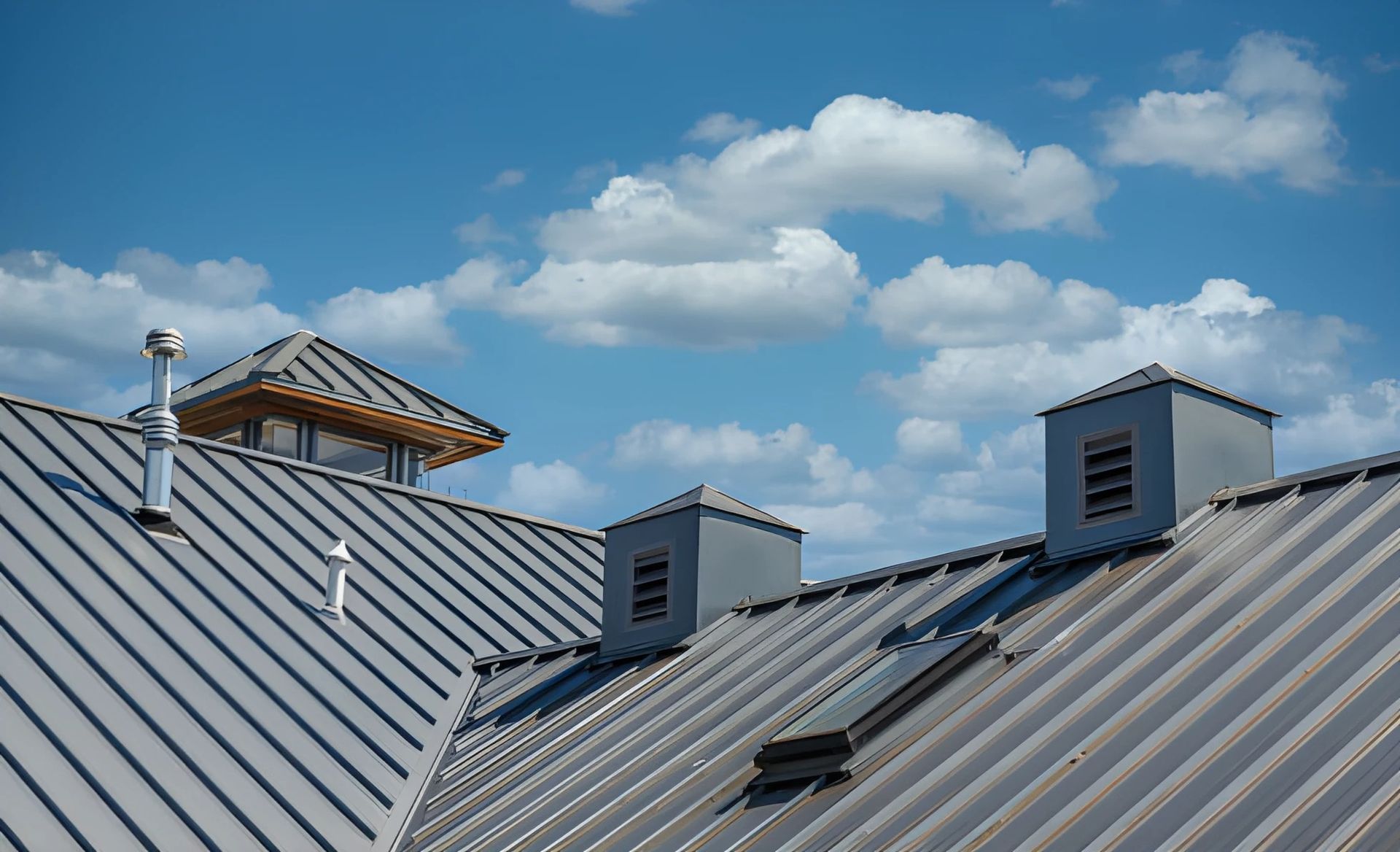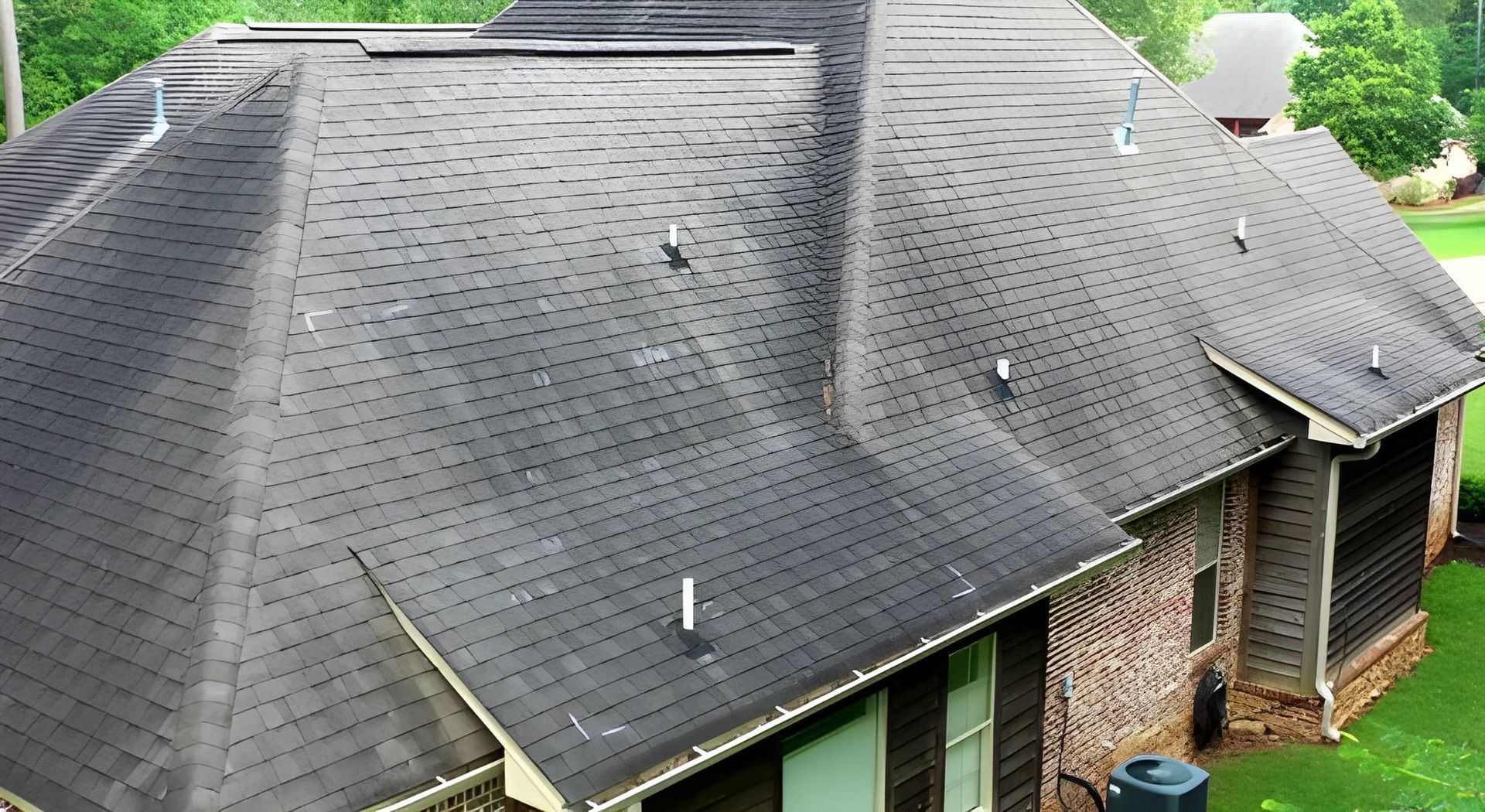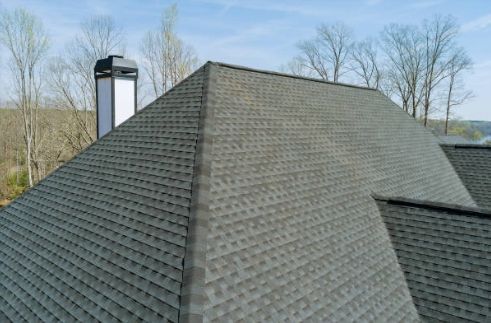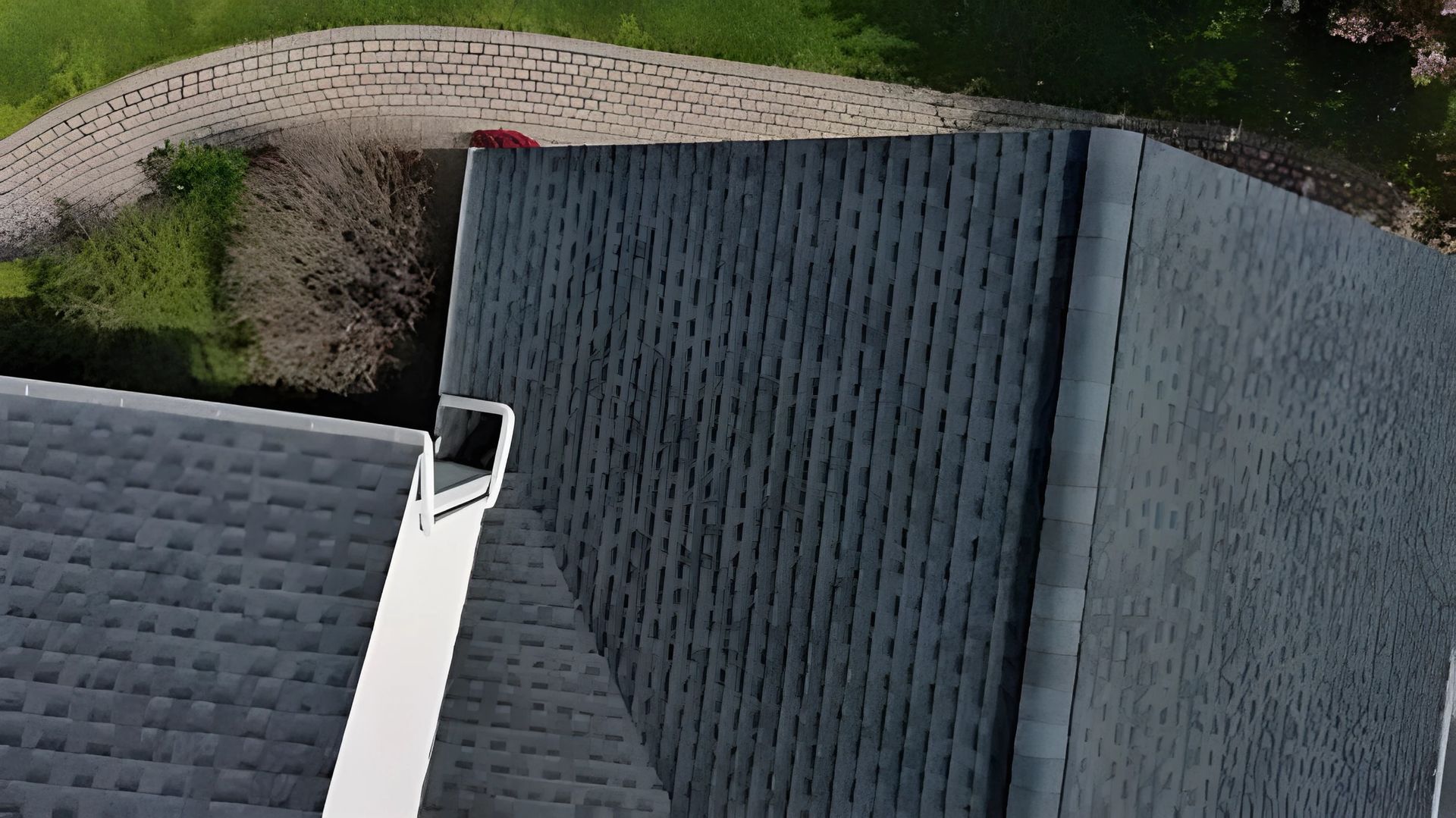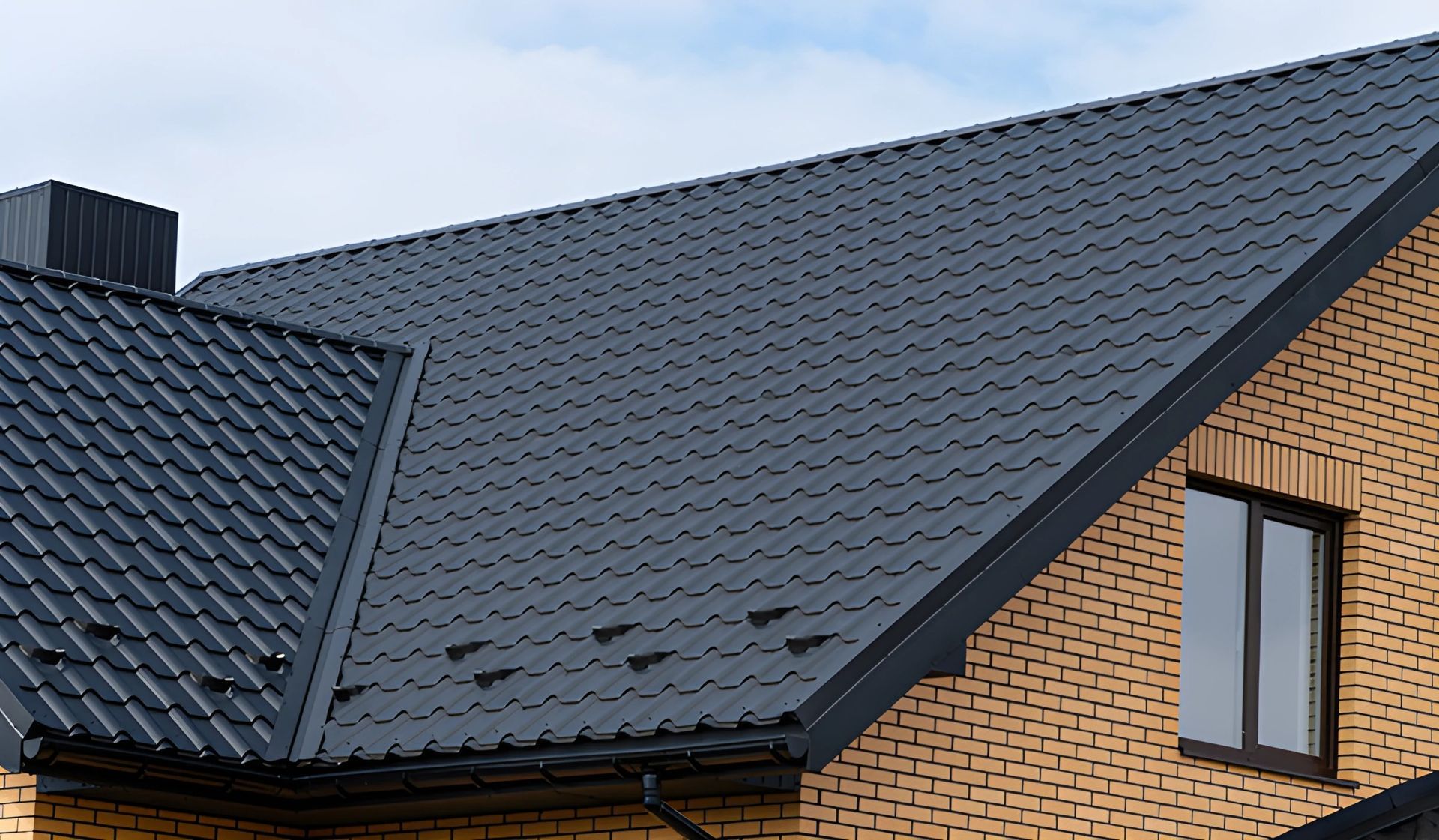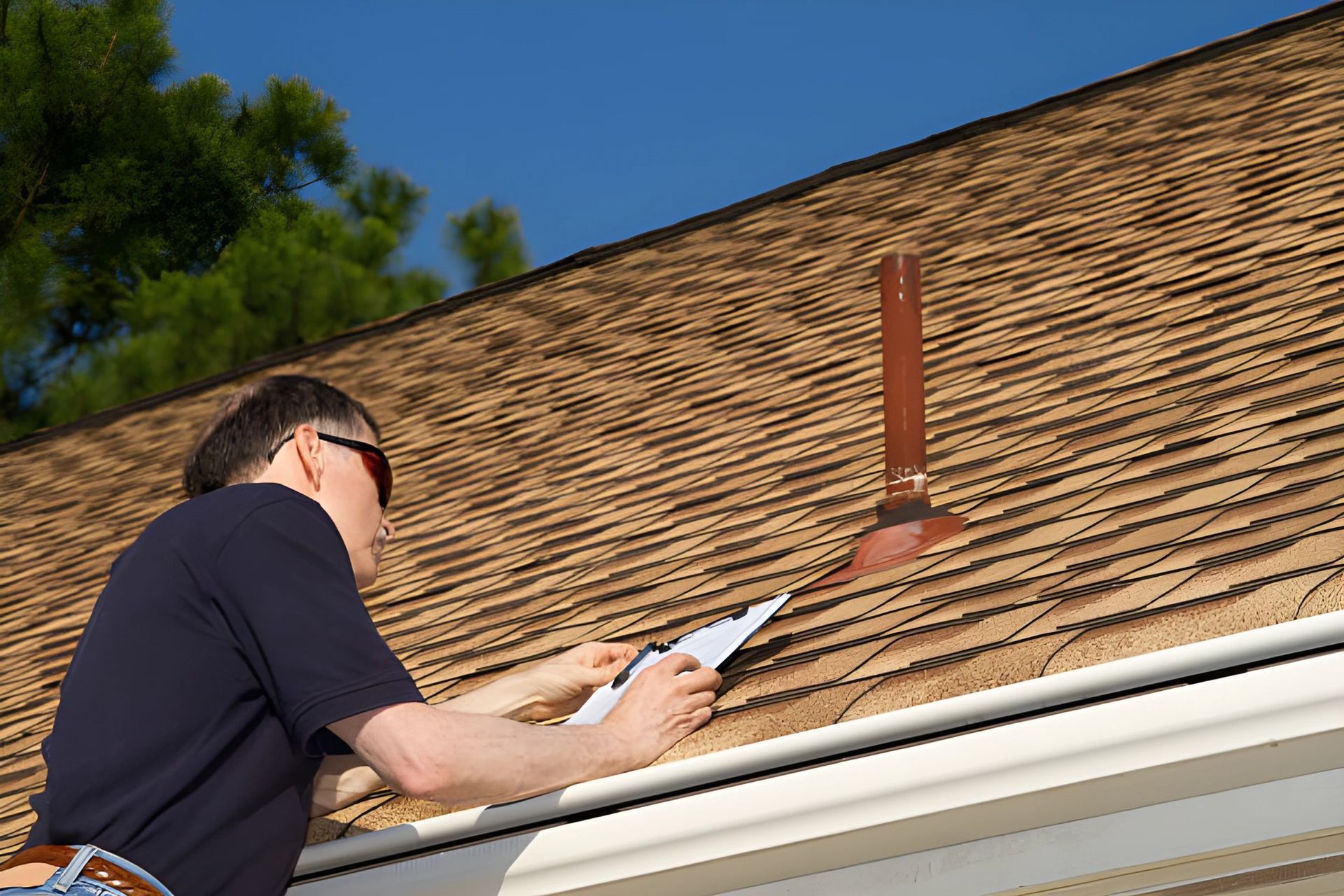Preparing Your Roof for Florida’s Spring Storms: A Complete Guide
Spring Storm Prep: A Complete Guide to Protecting Your Roof in Florida
1. Inspect Your Roof for Winter Wear and Tear:
While Florida doesn’t experience harsh winters like other parts of the country, the cooler months can still cause roof deterioration. Even minor damage can lead to major issues once spring storms hit. Here’s what to look for:
• Cracked, curled, or missing shingles – These are signs of aging and weather-related wear. Damaged shingles leave your roof vulnerable to leaks and wind damage.
• Loose or damaged flashing – Flashing protects areas where different roofing sections meet, such as around chimneys, vents, and skylights. If it’s loose or corroded, water can seep into your home.
• Sagging or uneven areas – A sagging roof could indicate structural damage, possibly from trapped moisture or rotting decking.
• Signs of leaks – Water stains on your ceilings or in your attic are clear indicators of a leaky roof. Even a small leak can worsen quickly during heavy rains.
If you notice any of these issues, don’t wait until the next storm—schedule a professional roof inspection to prevent further damage.
2. Clean and Inspect Your Gutters and Downspouts:
Gutters play a crucial role in directing rainwater away from your home. If they’re clogged with leaves, dirt, or debris, water can overflow, leading to:
• Roof leaks
• Water damage to siding and fascia
• Foundation issues caused by pooling water around your home’s base
Make sure your gutters are free of obstructions and securely attached to your roofline. Also, check downspouts to ensure water is being directed at least a few feet away from your foundation. If you notice sagging or detached gutters, it’s time to get them repaired or replaced.
3. Trim Overhanging Trees and Branches:
Florida’s strong winds can turn tree branches into dangerous projectiles. Overhanging limbs can:
• Scratch or puncture your roof’s surface
• Break off during storms and cause structural damage
• Drop leaves and debris into your gutters, leading to clogs
To prevent these risks, trim back any branches that extend over your roof. If you have large trees near your home, consider having an arborist inspect them to identify any weak limbs that could break during a storm.
4. Watch for Mold, Algae, and Moss Growth:
Florida’s humid climate creates the perfect conditions for mold, algae, and moss to grow on your roof. These organisms can:
• Eat away at roofing materials, reducing your roof’s lifespan
• Trap moisture, leading to rot and water damage
• Make your roof look dirty and unkempt
If you notice dark streaks or green patches, schedule a professional roof cleaning. Soft washing techniques can remove these growths without damaging your shingles.
5. Secure Loose Roof Components:
Your roof isn’t just made up of shingles—vents, pipes, chimney caps, and other components all need to be secure before storm season begins. High winds can rip off loose materials, creating openings for water to enter your home.
During your roof inspection, check for:
• Loose vent covers or flashing
• Damaged or missing chimney caps
• Exposed nails or fasteners
If you’re unsure about the condition of your roof’s accessories, a professional roofer can help reinforce them before severe weather arrives.
6. Schedule a Professional Roof Inspection
Even if your roof looks fine from the ground, there may be hidden issues that only a trained eye can spot. A professional inspection can identify potential problem areas and ensure your roof is storm-ready.
At Cane Roofing, we offer comprehensive roof inspections that include:
• Checking for storm damage and weak spots
• Assessing overall roof health and longevity
• Recommending necessary repairs or maintenance
• Providing expert advice on how to extend your roof’s lifespan
Regular inspections can help prevent costly emergency repairs and give you peace of mind knowing your home is protected.
7. Consider Upgrading to Storm-Resistant Roofing Materials
If your roof is aging or has sustained significant damage, it may be time for an upgrade. Florida homeowners can benefit from impact-resistant roofing materials designed to withstand harsh weather conditions. Some options include:
• Metal roofing – Extremely durable and resistant to high winds.
• Architectural shingles – Thicker and more resilient than standard asphalt shingles.
• Tile roofing – A popular choice in Florida due to its longevity and storm resistance.
Cane Roofing specializes in installing high-quality roofing materials that can withstand Florida’s unpredictable weather. If you’re considering a roof replacement, we can help you choose the best option for your home.
Stay Storm-Ready with Cane Roofing
Spring storms in Florida are unpredictable, but a well-maintained roof can protect your home from costly damage. Taking proactive steps now can save you thousands in repairs and ensure your home stays safe throughout the season.
Whether you need an inspection, repairs, or a full roof replacement, Cane Roofing is here to help. Our experienced team is committed to providing top-quality roofing services that keep Florida homes protected year-round.
Call us today to schedule your free roof inspection and stay ahead of storm season!
